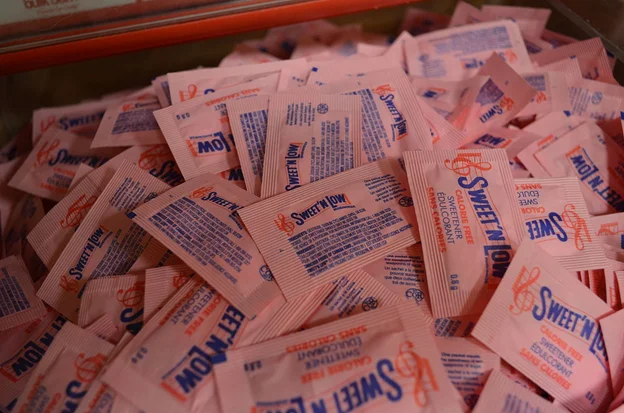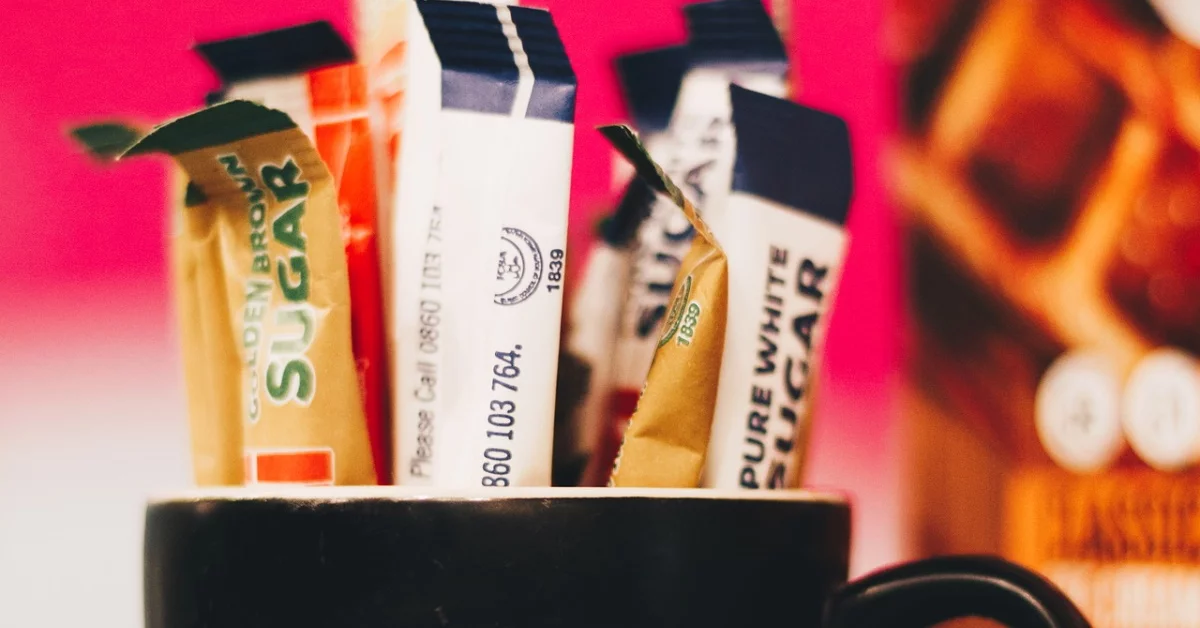According to urban legend, the creator of the elongated sugar sachet (stick) did not survive the realization that his brainchild was not being used the way he intended. We checked whether this actually happened.
Here's what a number of users report social networks: “Ben Eisenstadt invented a bag of sugar, which is commonly called a “stick.” The essence of the invention was that a person could not tear off a corner, but break the bag in half. The inventor firmly believed that this was much more convenient and could even be done with one hand. However, no one has ever done this. There is a story that, after seeing people tearing off a corner of a stick in a cafe, Eisenstadt hanged himself.”
Similar information is provided by resources such as Koko.by, "Peekaboo", diary.ru And Look At Me. But in the book by Ilya Balakhnin “The route has been completed!” it is reported that Benjamin Eisenstadt did not hang himself, but lost his mind.
Who is this Benjamin Einsestadt? In the newspaper The New York Times in 1996 it was called "the sweetener of human lives" and with good reason. After World War II, the young and unknown Eisenstadt sold out property of his cafe in Brooklyn and purchased a machine for making disposable tea bags. And then I decided to expand the business and... invented a portioned bag for sugar. But not an oblong one (stick) - it would require fundamentally different equipment, but flat and rectangular. Moreover, the motive, as biographers write, was disgust towards unhygienic sugar bowls.
It is not entirely correct to call Benjamin Eisenstadt the full-fledged inventor of portioned sugar packets. The fact is that the New Yorker was in no hurry to patent his brainchild, and other companies stole his idea without a twinge of conscience. And the author continued to produce his own sugar packets under the Cumberland Packing Corporation brand. This family business, named after the street where the former café was located, exists to this day.
How did a small company manage to survive for so many years? The answer to this question lies in the second and main commercial success of Benjamin Eisenstadt. In 1956, his eldest son Marvin, who had just received his chemistry degree, came to his father’s aid. He proposed bottling soy sauce and ketchup in minimal doses, and a year later the Eisenstadts revolutionized the market by releasing the first-ever granular sweetener, Sweet’N Low, based on saccharin and dextrose. The pink packets distributed throughout cafeterias immediately became popular among diabetics and people struggling with excess weight.

The product logo all these years contained an image of a stave as a tribute to classical song based on the poems of Alfred Tennyson, in whose honor the sweetener got its name. All of America learned about the company's products, and the turnover of the modest enterprise soon grew to $40 million a year. The business did not collapse even after several high-profile scandalsassociated with the diagnosis of cancer in rats fed saccharin. And Benjamin Eisenstadt, contrary to rumors, lived nearly 90 years and died after a failed operation in 1996.
Who then came up with a sugar packet called a “stick”? This honor belongs to the employees of the Japanese company Sanko Machinery Co., who noticed that such packaging is not only convenient to use, but also seriously saves paper. This was in the 1970s, and only two decades later, American businessman Neil Kozarski, during a trip to Japan, became acquainted with the product and entered into a partnership agreement with Sanko. In 1996 - the year of Benjamin Eisenstadt's death - stick sachets entered the American market under the wing of the company T.H.E.M.still thriving today.
Interestingly, the widespread misuse of stick bags did initially puzzle Kozarski and his associates, but it was not the location of the paper tearing that was the issue. The fact is that since the 1950s, the jelly-like candy Pixy Stix, produced in similar packaging, has been incredibly popular in America. To enjoy it, you had to tear off a corner of the package and squeeze the semi-liquid candy into your mouth.

How remembers Kozarski, for a long time Americans could not get used to the fact that the contents of a stick of sugar should be poured into a cup, and not squeezed straight into the mouth. Many years have passed since then, and for some of the new T.H.E.M. I had to conduct campaigns... for reverse retraining: they are designed just for pouring or squeezing directly onto the tongue.
However, not a single inventor suffered as a result of the mass misconceptions described above. The urban legend turned out to be a hoax.
Read on topic:
If you find a spelling or grammatical error, please let us know by highlighting the error text and clicking Ctrl+Enter.






